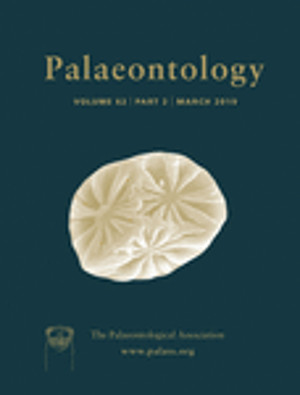Reg. Charity No. 1168330

Dinosaurs were ubiquitous in terrestrial ecosystems through most of the Mesozoic and are still diversely represented in the modern fauna in the form of birds. Recent efforts to better understand the origins of the group have resulted in the discovery of many new species of early dinosaur and their closest relatives (dinosauromorphs). In addition, recent re‐examinations of early dinosaur phylogeny have highlighted uncertainties regarding the interrelationships of the main dinosaur lineages (Sauropodomorpha, Theropoda and Ornithischia), and questioned the traditional hypothesis that the group originated in South Gondwana and gradually dispersed over Pangaea. Here, we use an historical approach to examine the impact of new fossil discoveries and changing phylogenetic hypotheses on biogeographical scenarios for dinosaur origins over 20 years of research time, and analyse the results in the light of different fossil record sampling regimes. Our results consistently optimize South Gondwana as the ancestral area for Dinosauria, as well as for more inclusive clades including Dinosauromorpha, and show that this hypothesis is robust to increased taxonomic and geographic sampling and divergent phylogenetic results. Our results do not find any support for the recently proposed Laurasian origin of dinosaurs and suggest that a southern Gondwanan origin is by far the most plausible given our current knowledge of the diversity of early dinosaurs and non‐dinosaurian dinosauromorphs.